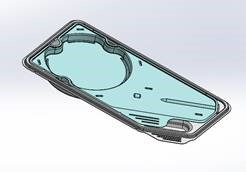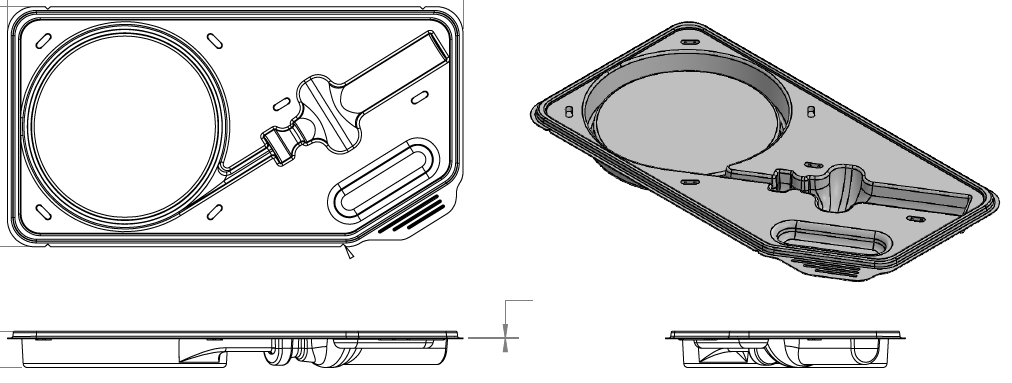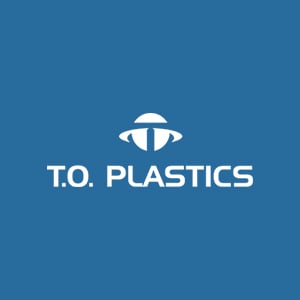Medical startup companies work tirelessly to bring innovative and potentially revolutionary medical devices to market; it is our privilege to work alongside some of them to support one element in their healthcare improvement journey. In this blog, we’re going inside the design of the packaging solution that will hold, protect and deliver the CardioNXT catheter to doctors around the world.
About CardioNXT
CardioNXT (pronounced Cardio-Next) was founded in 2012 in Westminster, CO with the core belief that great things can be achieved when doctors and engineers work closely together. Their team of practicing physicians and medical device engineers is building a platform of products that enable a better understanding of complex cardiac arrhythmias such as Atrial Fibrillation, and furthermore delivering targeted therapy to affected areas within the heart.
For context:
Cardiac arrhythmia indicates an individual has fast, slow or otherwise irregular heartbeats. Cardiac, or heart arrhythmias may vary in intensity from a fluttering or racing heart to a life-threatening intensity. And when a heart doesn't beat normally, it can't pump blood effectively - which can cause very serious issues and damage to a number of other organs (commonly the lungs and brain).
In addition to providing next generation technology, CardioNXT products are designed to reduce the cost of cardiac catheter ablation procedures. This attention to cost reduction will not only benefit the U.S. market, it will enable arrhythmia therapies to be adopted rapidly in global markets including under served emerging markets.
Initial Packaging Plans
One element of their platform is a medical device — a deflectable linear diagnostic catheter — used in cardiac electro-physiology procedures. When designing a package for this catheter, the initial important factors were sterilization and cost, which led to their first packaging concept:
“We were going to put the catheter on a high-density polyethylene backer card, which was going to be our first level packaging. Then that card would be inserted into a tyvek pouch, sealed and sterilized. But there was a problem. It didn’t provide near enough protection for the catheter. Secondly, we wanted to ensure the sterility of the product. That’s what we needed the packaging for, to protect the product and ensure its sterility.”
—Keith Martin, CardioNXT
The first concept, as it often does, uncovered a few additional important factors to work into the packaging design: protection and presentation. So they switched directions from the polyethylene backer card to a thermoformed packaging tray. Collaboratively we finalized the design to meet their defined sterilization requirements and also to provide a better visual presentation of their device.
Inside the Catheter Tray Design
 The packaging solution we helped design is a thermoformed plastic tray with a thermoformed lid that fits in place. The racetrack style tray securely holds CardioNXT's coronary sinus catheter in place, and the snap on lid completes the 360° protection. As an added benefit, the medical grade PETG used for the tray and lid visually showcases the product and its protection well.
The packaging solution we helped design is a thermoformed plastic tray with a thermoformed lid that fits in place. The racetrack style tray securely holds CardioNXT's coronary sinus catheter in place, and the snap on lid completes the 360° protection. As an added benefit, the medical grade PETG used for the tray and lid visually showcases the product and its protection well.
For the product sterilization needs, the package has vents to allow for gas permeation during the sterilization process.

The tray also allows the gas to escape, resulting in less residuals.
“The tray is instrumental in ensuring we had no residuals left on this product after it’s been sterilized. That’s important because that can cause reactions in the body. And, ultimately, these things are sometimes sterilized twice before they’re used. So, it’s important to keep those residuals to a minimum.”
—Keith Martin, CardioNXT
The deflectable linear diagnostic catheter is placed in this thermoformed plastic tray and sealed inside a tyvek pouch and then sterilized. As it's final layer of packaging, it's then placed into a shelf carton with tab seals.
“We’ve shown this to partners, to potential acquirers… our investors love it. It’s a great-looking tray. The way it sits, the way it stacks, the way it fits our package. We're very pleased with it.”
—Keith Martin, CardioNXT
Testing & Production
Together with CardioNXT and their contract manufacturer we were able to design the catheter tray-lid system and manufacture prototypes within three short weeks. Upon prototype approval we ordered tooling for production-ready trays/lids and produced parts for CardioNXT to submit for bio-compatibility and sterilization testing the following week.
“We had a short window of time to get our units in for sterilization validation and biocompatibility studies, and if we weren’t able to do it by a certain date, we were going to miss our window. There was a huge shortage of capacity for sterilizing product with ethylene oxide, so if I didn’t hit that window, we would’ve had to wait 3 months for another one.”
—Keith Martin, CardioNXT
Tight turn times, efficient collaboration, and responsive communication made this packaging solution successful. In this industry, the hurry-up-and-wait model is the standard; we've designed our teams and processes to work effectively within this standard to keep medical device engineers and contract manufacturers on their timelines.
Next Steps
From this point, CardioNXT headed into the 'and-wait' portion of the process as their product and packaging entered testing. As of the writing of this blog (November, 2020) testing and validation is completed and they are in their final waiting period as their regulatory clearance in the US and EU markets is pending.
With regulatory clearance, production can begin - but more importantly a revolutionary treatment for arrhythmias can enter the market and begin helping people with this condition live fuller and longer lives.
If you have a product to package, leverage our engineering team for ideas and insights. We're able to work quickly to meet your timelines.

